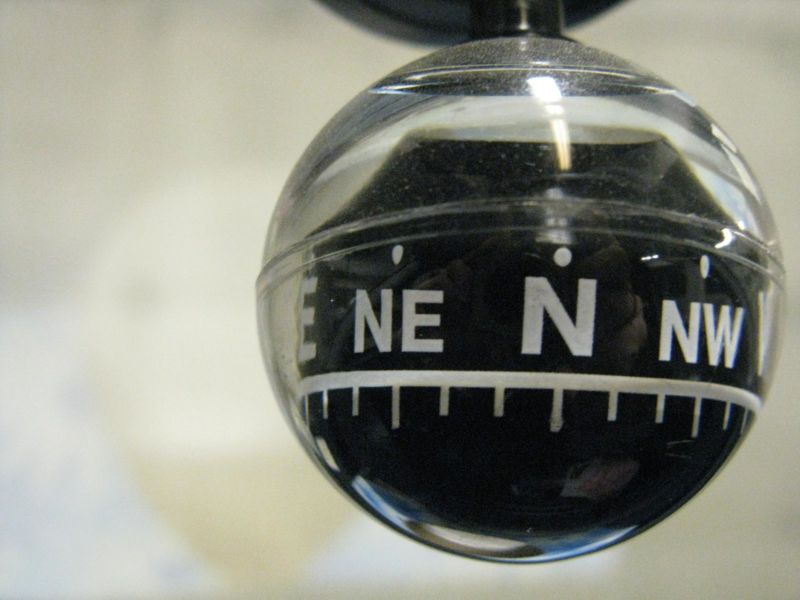The last magnetic pole flip saw 22,000 years of weirdness

Enlarge (credit: m kasahara / Flickr)
On its face, this fact is simple: our planet's magnetic poles have traded places with some frequency over Earth's history. At points in the past, compass needles would point south instead of north. But look into the details of these transitions and things will get considerably more complicated. What exactly is it like during the times when the poles flip, for example? And what is it about the "geodynamo" of Earth's liquid iron outer core that causes this behavior?
Records of these transitions exist in several forms. Small bits of the mineral magnetite in sediment will tend to orient themselves with the Earth's magnetic field as they settle into place. Isotopes in ice cores can record changes in the magnetic field's ability to deflect away charged particles from space. And lavas-on land or the seafloor-contain magnetite crystals that are locked into place when the lava solidifies.
A new study led by the University of Wisconsin's Brad Singer uses the latest dating techniques to put together a timeline of the most recent pole reversal (which occurred a little over 770,000 years ago) based on sequences of lava flows around the world.
Read 7 remaining paragraphs | Comments